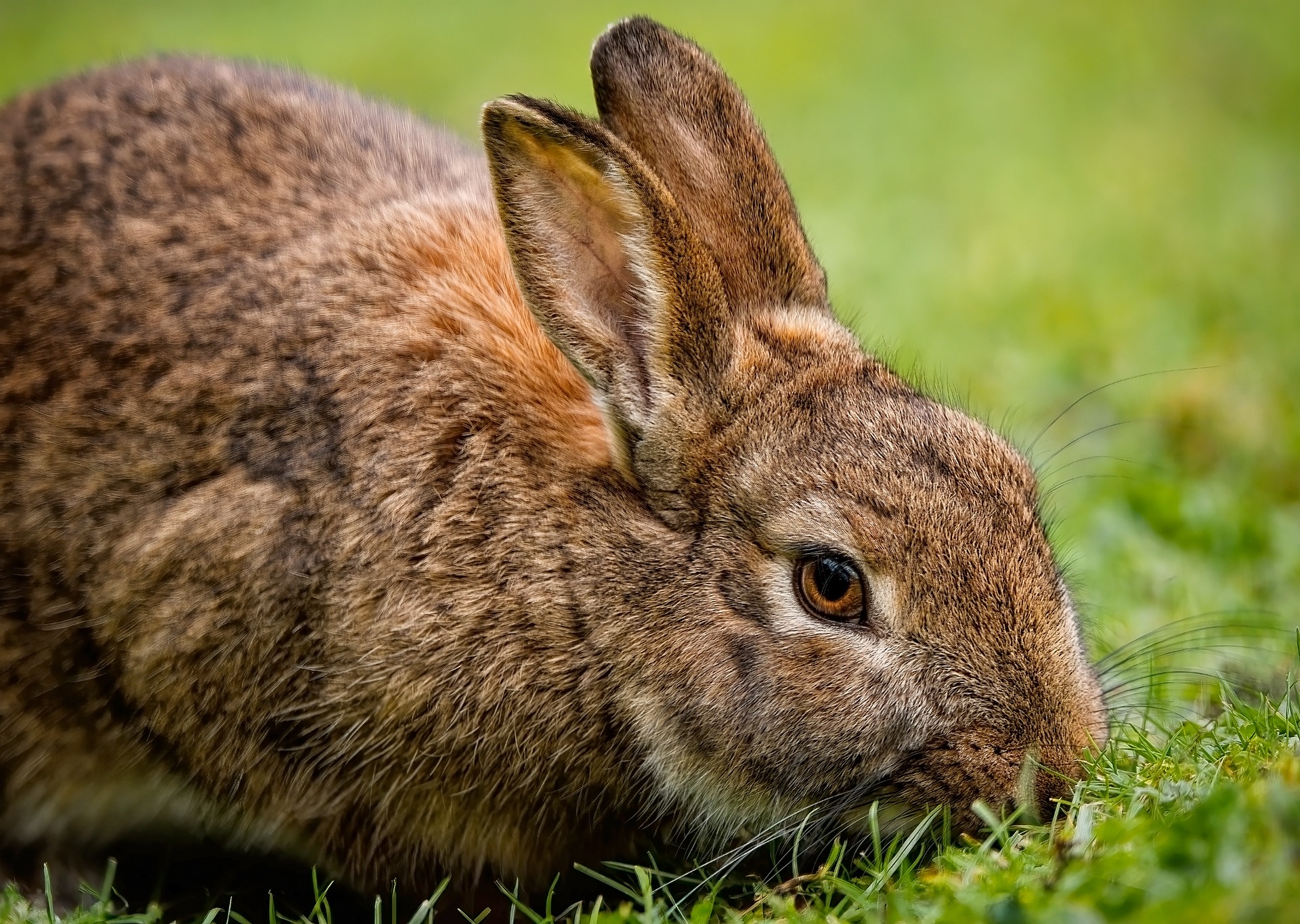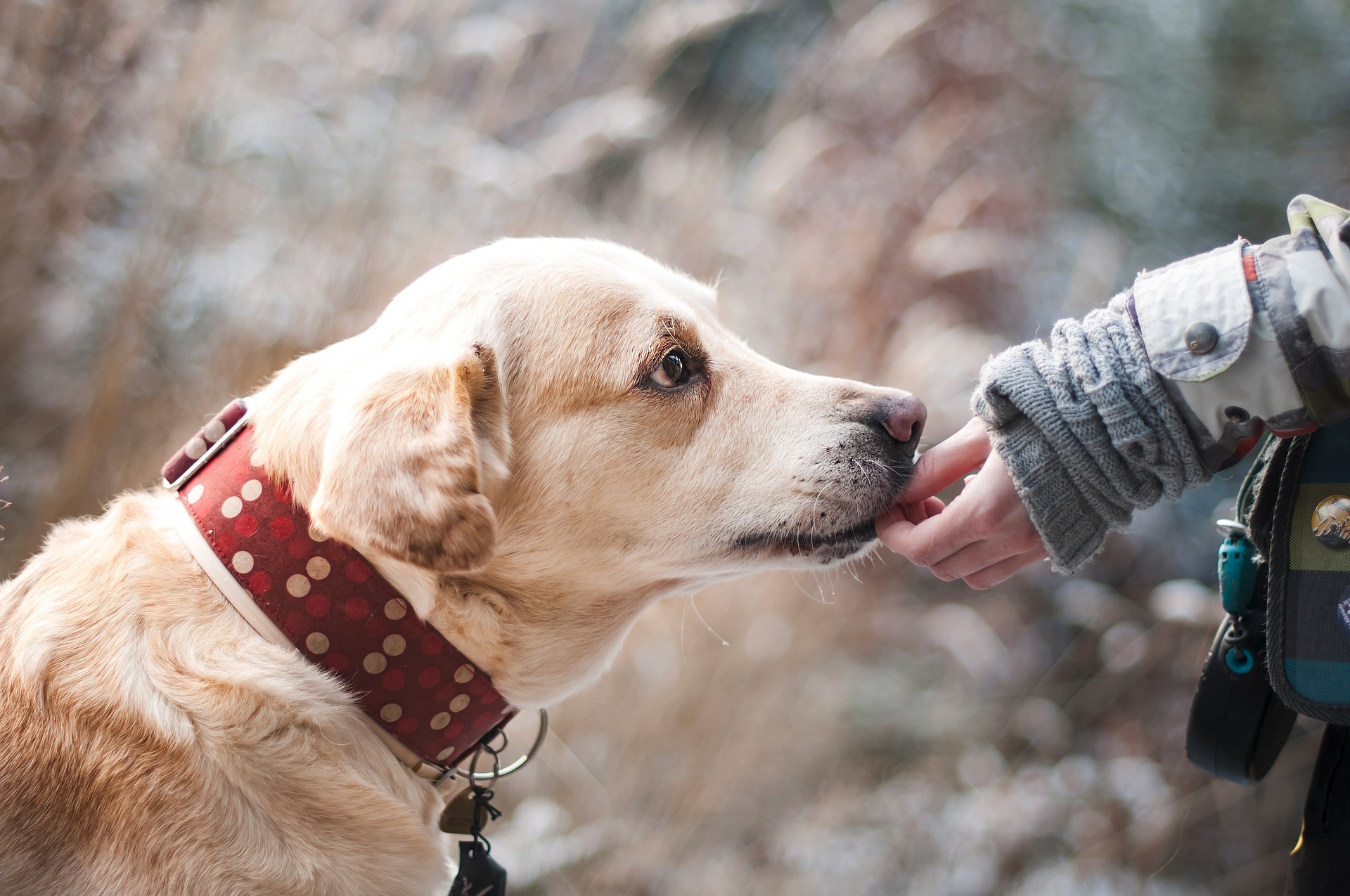Wild Rabbits and the Journey of Domestication
Rabbits, with their twitching noses and adorable hops, have captivated human interest for centuries. While wild rabbits roam the fields and forests, their domestic counterparts have become beloved companions around the world. Join us as we explore the fascinating history of wild rabbits and their journey through domestication.
The Wild Origins: Natural Habitat and Behavior
Wild rabbits, known scientifically as Oryctolagus cuniculus, are native to Europe, North Africa, and parts of Asia. They inhabit diverse habitats ranging from grasslands and meadows to forests and scrublands. These agile herbivores are well-adapted to their environment, using their keen senses to detect predators and utilizing burrows for shelter and nesting.
Behavior and Survival Skills
-
Social Structure: Wild rabbits live in groups called colonies or warrens, consisting of several interconnected burrows. Each burrow serves specific purposes, such as nesting, breeding, and refuge from predators.
-
Diet: Their diet consists primarily of grasses, clover, and other vegetation. Rabbits are herbivores with specialized digestive systems capable of efficiently breaking down plant material.
-
Reproduction: Rabbits are prolific breeders, with females capable of producing several litters per year. They exhibit rapid population growth in favorable conditions, relying on camouflage and their burrow systems to protect vulnerable young.
Domestication of Rabbits
The domestication of rabbits began thousands of years ago, primarily for food, fur, and later, companionship. Here’s a look at how wild rabbits became beloved pets:
Historical Context
-
Ancient Times: Rabbits were initially domesticated by ancient civilizations, including the Romans and Egyptians, for their meat and fur. They were kept in enclosures called warrens or raised in captivity.
-
Medieval Europe: During the Middle Ages, rabbits were bred by European monks for food. Their economic importance grew, leading to specialized breeds and improved breeding techniques.
Transition to Companion Animals
-
18th Century: Rabbits began to be kept as pets in the 18th century, primarily among European nobility. Selective breeding for temperament and appearance contributed to the development of different breeds suitable for companionship.
-
Modern Era: Today, domestic rabbits are popular pets worldwide. They are valued for their gentle demeanor, intelligence, and affectionate nature. Various breeds, each with unique characteristics and coat colors, cater to different preferences among pet owners.
Characteristics of Domestic Rabbits
Domestic rabbits differ from their wild counterparts in several key aspects, including behavior, size, and coloration:
-
Temperament: Domestic rabbits are generally more docile and sociable than their wild counterparts. They often enjoy human companionship and can be litter-trained.
-
Variety of Breeds: There are over 60 recognized rabbit breeds worldwide, each with distinct characteristics in terms of size, coat type, and color pattern. Popular breeds include the Holland Lop, Mini Rex, and Flemish Giant.
-
Care Requirements: Domestic rabbits require appropriate housing, a balanced diet rich in hay and fresh vegetables, regular grooming, and veterinary care to ensure their health and well-being.
Conservation and Responsible Ownership
Despite their popularity as pets, wild rabbits face conservation challenges due to habitat loss, predation, and disease. Conservation efforts aim to protect wild populations and their natural habitats while promoting responsible pet ownership.
Conclusion
Wild rabbits have evolved from their natural habitats into beloved companions through centuries of domestication. Their journey reflects our deep connection with these gentle creatures and their adaptation to various roles in human societies. Whether hopping freely in the wild or snuggling in a cozy home, rabbits continue to charm us with their curious nature and playful antics. As stewards of both wild and domestic rabbits, it is our responsibility to ensure their welfare and conservation for future generations to appreciate and enjoy.





